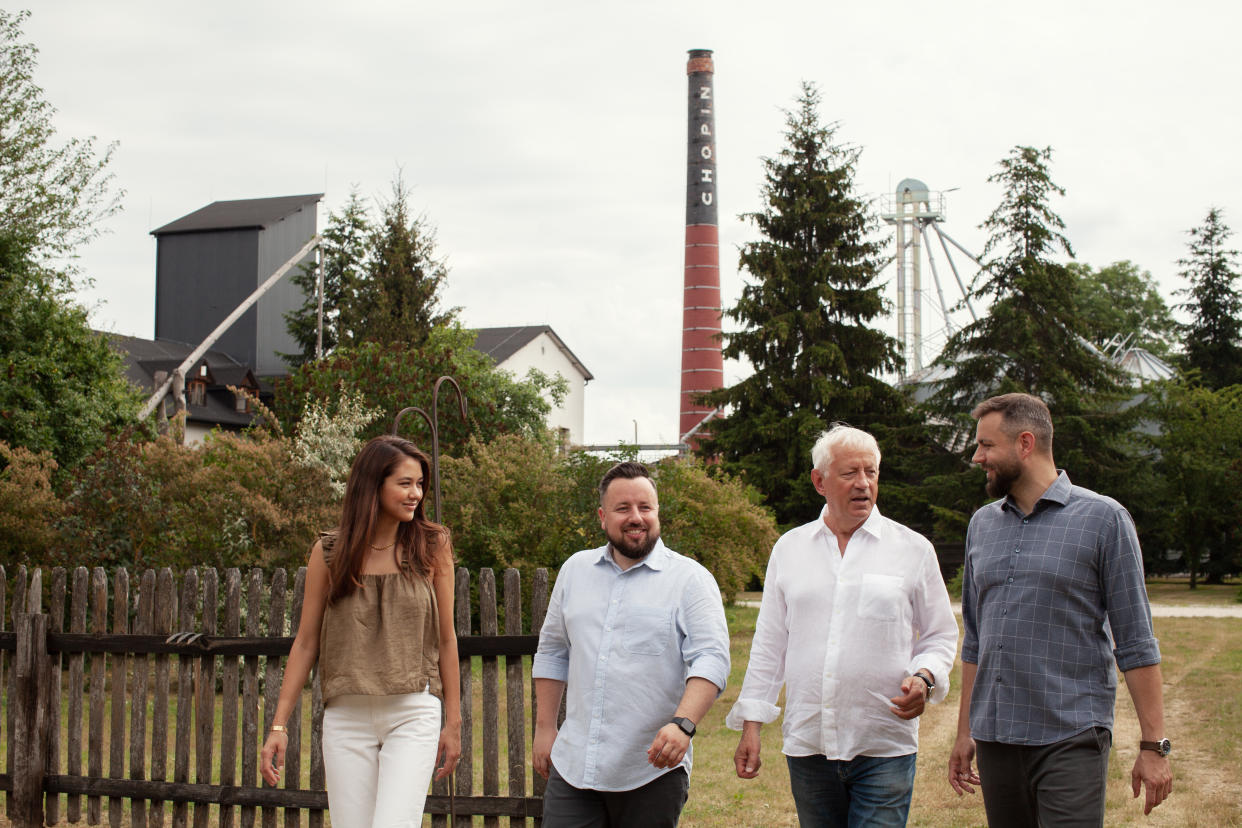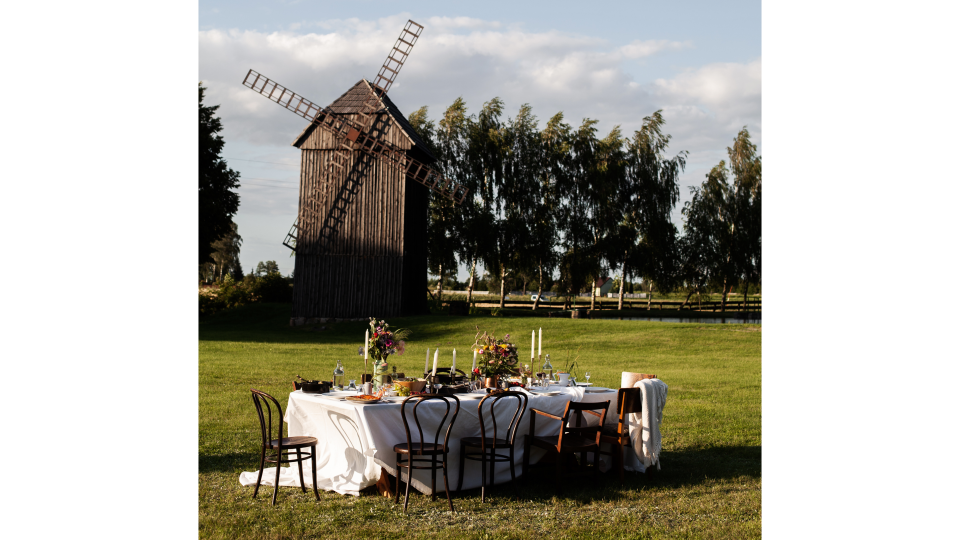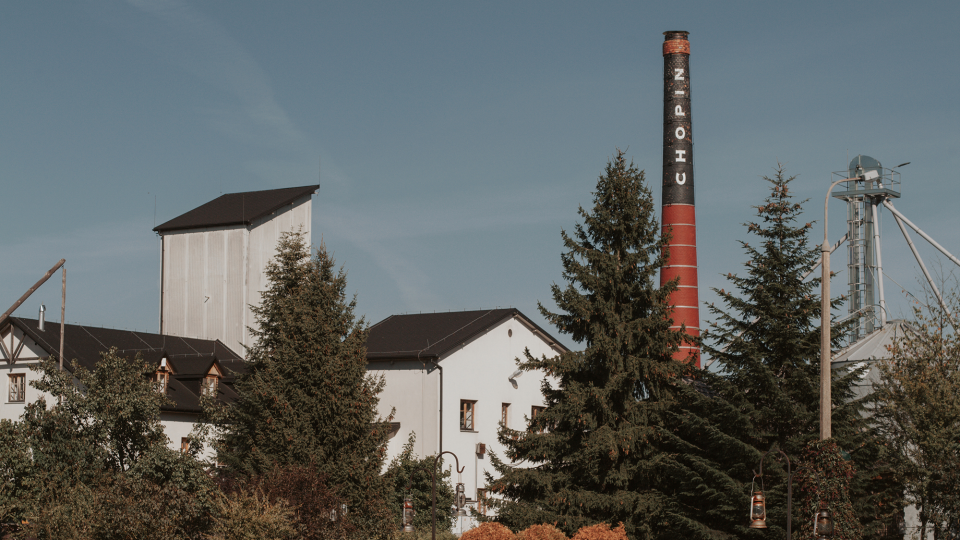After 30 Years, Chopin Founder Tad Dorda Is Still Redefining the Vodka Category

- Oops!Something went wrong.Please try again later.
We’ve all heard bourbon aficionados go long on barrel chars, mash-bills, and other minutiae. Vodka, on the other hand, is wrongly reduced to a “neutral spirit” with no distinct taste, often simply paired with soda or cranberry juice. For Chopin Vodka founder Tad Dorda, vodka is both seriously flavorful and serious business. Thirty years ago, he founded the world’s first super premium vodka brand in his native Poland. Today, Chopin is still family-run and producing award-winning vodkas that continue to redefine the category. Dorda is on a mission to change the perception of vodka as an odorless, colorless, and tasteless spirit, and that passion comes through in every bottle. According to Dorda, vodkas “should be sipped, savored, and appreciated.”

What Vodka Can Be vs. What It Should Be
More from Robb Report
Founded in 1993, Chopin remains still a small, family-run company dedicated to using quality ingredients and handcrafting their vodka. The distillery, in Dorda’s homeland of Poland, is where all of Chopin’s vodka expressions are made. All the potatoes, rye, and wheat used in distillation come from Chopin-farmed crops and family farms nearby, unlike many larger brands that source their neutral grain spirit from larger industrial distilleries. While vodka can technically be distilled from a large variety of ingredients — from quinoa to grapes — Dorda believes can is a lot different from should.
Tad has dedicated his life to achieving an appellation of origin for vodka – similar to distinctions of origin that other spirits like cognac, Scotch, and tequila have. Dorda explains that “consumers understand an appellation of origin in every other category from Scotch to wine, but unfortunately, for many, this is a foreign concept in vodka.” He argues that vodka can and should only be classified as such if it is made from a specific set of traditional ingredients found in the “vodka belt” of Eastern Europe—vodka’s homeland—which include potato, rye, wheat, barley, oats, and sugar beets. It’s from these ingredients and this part of the world that the best and most authentic vodka comes—the only authentic vodka, in Dorda’s opinion.

Many people associate vodka with potatoes but in fact, potato vodka makes up only 3 percent of all vodka sold. While Chopin distills vodkas from rye and wheat, the brand is most famous for its potato vodka. Dorda has elevated potato vodka to an art form, experimenting with more than 60 different varietals to create the ultimate expression of the spirit. “We are known for our potato vodka, which has received the highest accolades for potato vodka in the world,” explains Dorda. “The potato has a creamy flavor profile and a viscous, full-bodied texture, making it simply the best vodka for a martini.”
Dorda is always experimenting and searching for new, distinctive, and delicious flavor profiles for special Chopin releases. He uses a micro-distillery with small, 200-liter stills for this purpose. Not all the experiments make it to commercial release, but Chopin has released some intriguing and delicious bottlings including Chopin Family Reserve, distilled from young potatoes harvested earlier in the season, with a thin skin that provides a brighter and greener flavor; a collaboration with the legendary designer Vera Wang using the rare Augusta potato that yields a sweeter and more earthy profile, and Young Potato vodka distilled from five types of young potatoes from 2009-2022. Each expression has its own distinct aroma and flavor profile, defying the naysayers who believe vodka can’t possibly have such nuance or terroir.

Different Base Ingredients Produce Different Aromas and Flavors
Chopin distills more than 11 million pounds of potatoes into vodka each year—about 7 pounds are used to make each bottle, with the leftover potato mash going back to local farmers to use as fertilizer or to feed their animals.
Dorda places equal importance on Chopin’s wheat and rye expressions, “The truth is that vodka is a very nuanced spirit with flavor profiles and textures that come from the raw ingredients, the region those ingredients are sourced from, and how the spirit is made.” In tasting the varietals, the differences are clear. Chopin’s rye vodka is spicier, with a bite that makes it perfect in cocktails like a Bloody Mary, while the wheat vodka is softer and sweeter, with a velvety mouthfeel that makes it ideal for a Spritz. Both are quite different from any of Chopin’s potato-based expressions, showing the many flavor profiles vodka can offer.
Dorda hopes to educate enthusiasts about the importance of terroir in vodka by opening up the distillery to visitors. But his history of working for causes bigger than himself isn’t limited to vodka. In September 2023, Chopin participated in the Robb Report Culinary Masters event. This philanthropically-focused function, held a live auction to raise funds for its 2023 partner, the V Foundation for Cancer Research. Chopin donated a package that included a bottle of their recently launched Chopin Vintage Vault 30-year-old Vodka along with a VIP distillery tour with Dorda himself. The package raised $21,000, all of which went to the V Foundation. It’s proof that vodka can be more than just a delicious spirit — it can genuinely be considered a force for good in the world.
Even 30 years after its founding, Chopin remains a family affair, with Dorda’s daughter and nephews working beside him to run the business. His own work, he says, is far from done. “I have dedicated my life to advocating for vodka. I am passionate about this as a distiller, but also because I would like to elevate the national spirit of my home country, Poland. Vodka is a part of our national heritage, just as tequila is for Mexico or Scotch is for Scotland, and it deserves the same amount of protection that those categories have.”
Learn More
Sign up for Robb Report's Newsletter. For the latest news, follow us on Facebook, Twitter, and Instagram.

